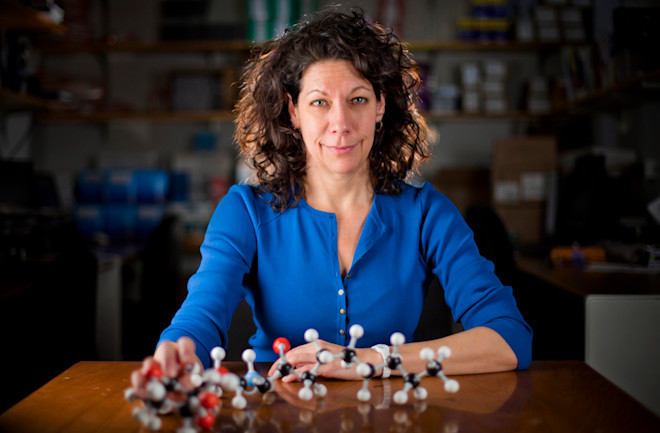Bacteria may be primitive, but they’re far from simple. They lead complex lives and communicate through a chemical language that allows them to coordinate their actions, a process known as quorum sensing. Using this chemical communication system, bacteria can sense when they have reached a critical number, or quorum. Then they act en masse. Some might begin producing light, others a deadly toxin. This capability is part of what makes bacteria so terrifying: A single cell can’t manufacture enough toxins to make us sick, but when millions simultaneously churn out noxious molecules, the results can be lethal.
No one has done more to decipher this bacterial lingo than Bonnie Bassler, a molecular biologist at Princeton University. In the 1990s, Bassler discovered that bacteria can converse not only with members of their own species, but also with other species, allowing them to sense their environment more comprehensively and decide when to launch an attack. Today her lab is hunting for compounds that can block this bacterial chatter to shut down infections such as cholera.
Bassler’s influential work, along with that of other pioneering researchers, has transformed how people view bacteria. But much about quorum sensing remains to be discovered; scientists are still trying to uncover the molecules and mechanisms involved, and figure out how they operate outside the laboratory. And that’s what keeps Bassler captivated. “It’s a 4-billion-year-old mystery, and it’s going to take more than 20 years’ work from lots of labs to figure it all out.” Discover caught up with Bassler on a balmy summer day in her office at Princeton to talk about the history of her discoveries and what they might mean for the future of medicine.

